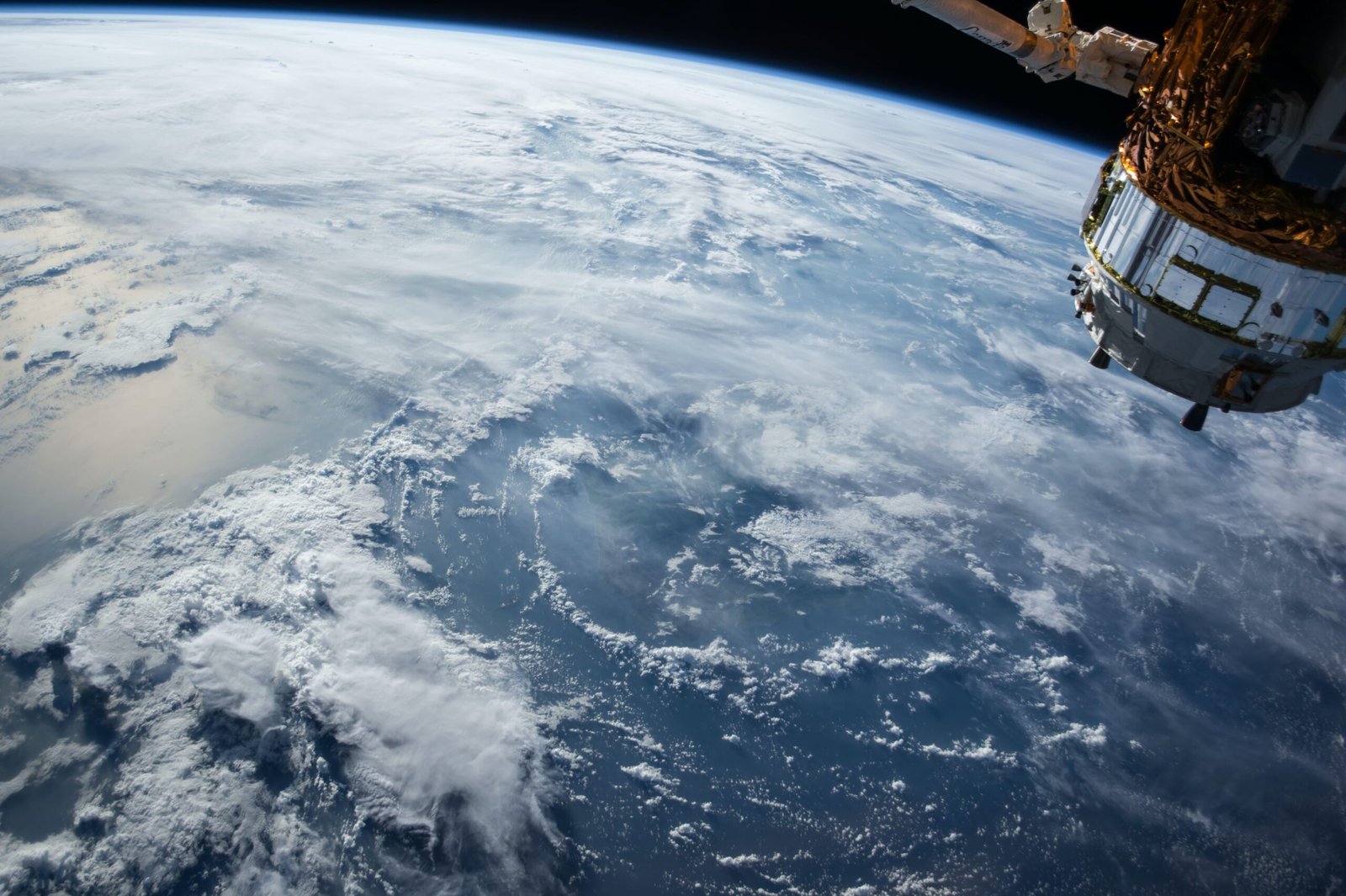India’s remarkable space exploration journey continues as the nation’s space agency prepares to launch its first space-based solar observatory, the Aditya-L1, on September 2.
This announcement follows closely after India’s historic achievement of landing a spacecraft on the unexplored south pole of the moon.
Named after the Hindi word for the sun, the Aditya-L1 probe is set to study solar winds, which have the potential to disrupt Earth’s magnetic field and are responsible for the captivating natural phenomenon known as auroras.
Launching from Sriharikota, the country’s main spaceport, the probe will be carried into space using the PSLV launch vehicle. The spacecraft will travel an astonishing 1.5 million kilometers (932,000 miles) to reach its designated observation point.
The Indian Space Research Organisation (ISRO) revealed that it will take approximately four months for the Aditya-L1 to reach its position in space.
Once it arrives, the spacecraft will be placed in a halo orbit, offering an unobstructed and continuous view of the sun. This strategic location will enable the probe to closely monitor solar activities and their impact on space weather in real time.
Aditya-L1 will carry seven payloads designed to study the sun’s outermost layers, the photosphere and chromosphere. These payloads include electromagnetic and particle field detectors, allowing for comprehensive observation of solar phenomena.
While NASA and the European Space Agency have conducted previous missions to study the sun from space, this endeavor marks India’s first solar-focused space mission.
The recent successful landing of the unmanned Chandrayaan-3 spacecraft on the lunar surface showcased India’s growing prowess in space exploration. Following the United States, Russia, and China, India is now the fourth nation to achieve a lunar landing.
Also Read: Evidence Of Mass Execution Discovered In France: World War Two Tragedy Unearthed
India’s space program, though cost-effective, has made significant strides since its inception in 2008 when it sent a probe to orbit the moon.
Despite its relatively modest budget, around $75 million for its latest moon mission, India’s space achievements continue to captivate the world.
The nation’s approach of adapting existing technology and harnessing its pool of skilled engineers has been key to its success.
India’s achievements include being the first Asian country to put a craft into Mars’ orbit in 2014. The nation also has plans for a crewed mission into Earth’s orbit next year, a joint lunar mission with Japan by 2025, and an orbital mission to Venus in the coming two years.




